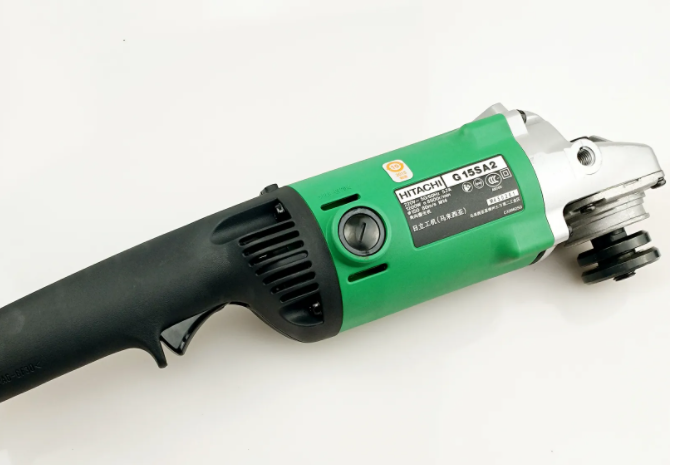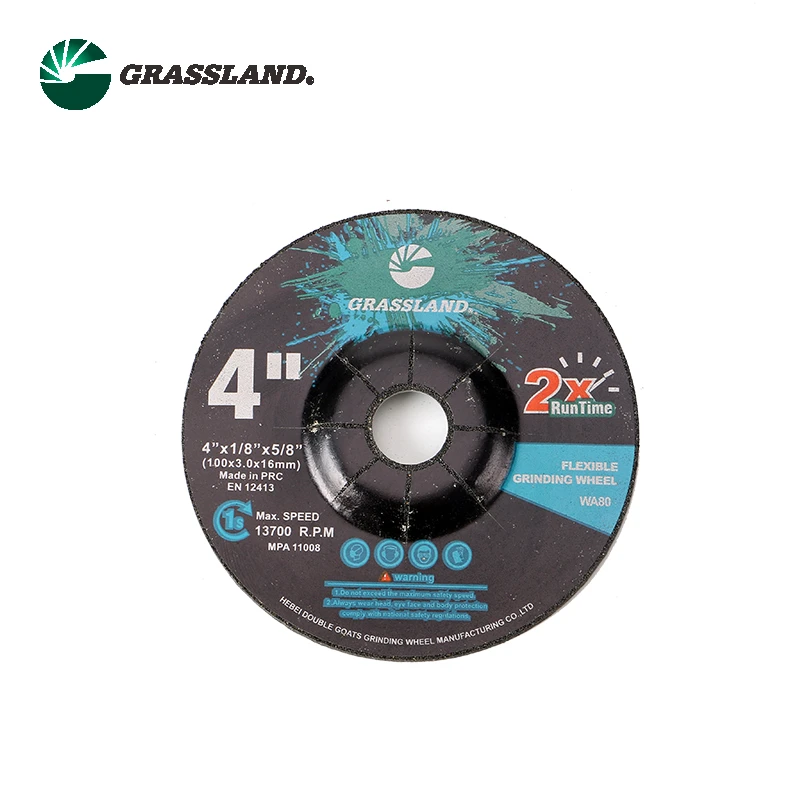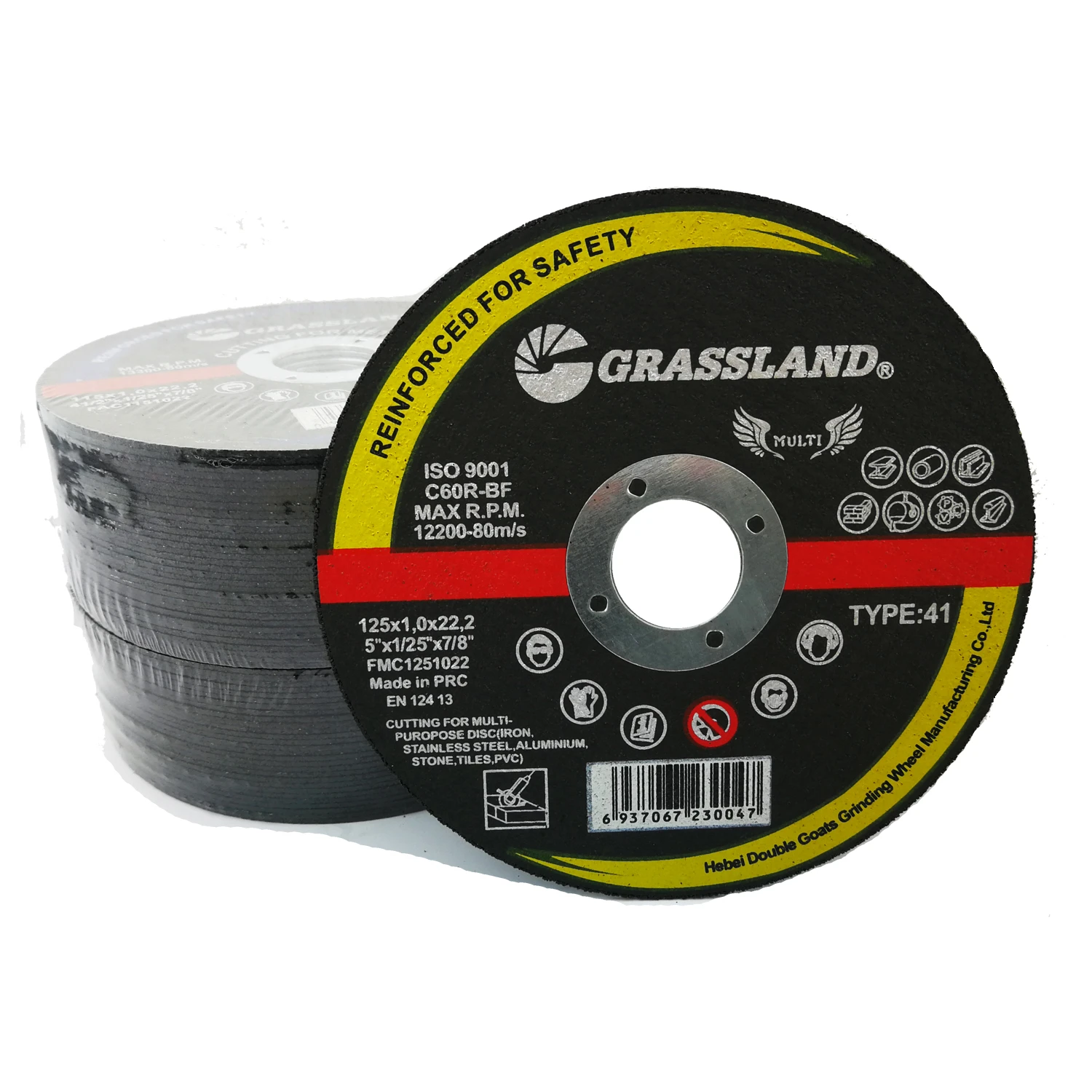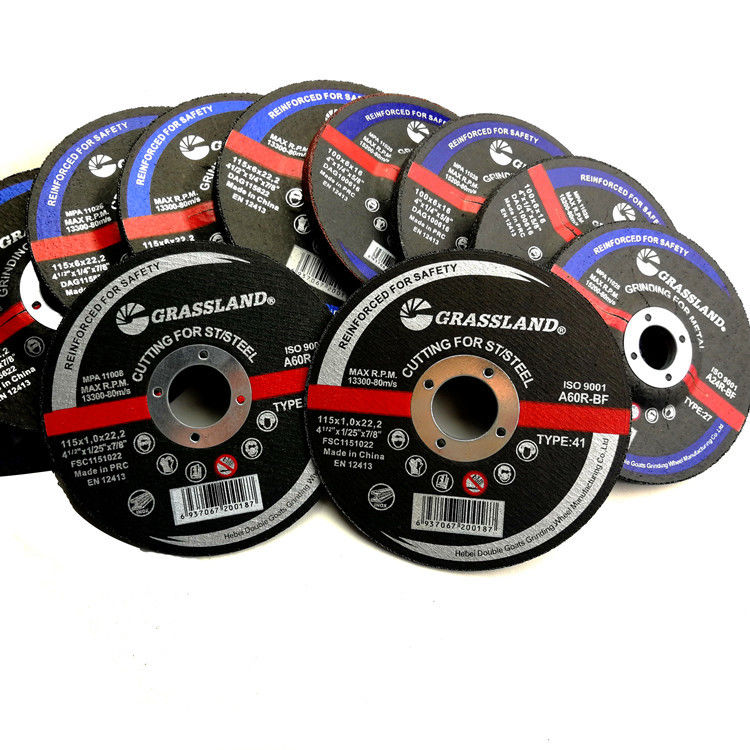The Importance of 230mm Sanding Discs in Woodworking and Construction
Sanding is one of the most crucial processes in woodworking and construction, helping to create smooth surfaces, prepare materials for finishing, and remove imperfections. Among the various tools and materials available for sanding, the 230mm sanding disc stands out due to its unique size and versatility. This article delves into the significance of 230mm sanding discs, their applications, and the factors you should consider when selecting the right one for your project.
Understanding 230mm Sanding Discs
The 230mm sanding disc, often used with a sander or polishing machine, measures approximately 9 inches in diameter. This size is optimal for covering larger surface areas while providing adequate control and precision. Sanding discs come in a variety of materials, such as aluminum oxide, silicon carbide, or ceramic, and are graded by grit size, which dictates how coarse or fine the sanding action will be.
Applications in Woodworking
In woodworking, 230mm sanding discs are particularly beneficial when working on larger pieces of furniture, panels, or flooring
. Their size allows for the rapid removal of material, making them ideal for initial sanding stages where the goal is to smooth out rough surfaces quickly. High-grit discs are perfect for the finishing stages, where a more polished and refined surface is desired.Moreover, these discs are compatible with a variety of sanding machines, including belt sanders, orbital sanders, and disc sanders. This versatility means that woodworkers can choose the best tool for their specific needs while using the same size disc.
Significance in Construction
230mm sanding disc

In the construction industry, 230mm sanding discs are utilized not just in woodworking but also in preparing surfaces for paint or other finishes. When renovating spaces, removing old paint or finishes is often necessary, and a sanding disc provides an efficient solution. The larger diameter allows for faster work on wide, flat surfaces, helping contractors complete tasks in less time.
Additionally, sanding discs are essential in the preparation of concrete or masonry surfaces. When smoothing out floors or walls, these discs can effectively remove bumps and imperfections, ensuring that surfaces are ready for further treatment or finishing.
Choosing the Right Sanding Disc
Selecting the right 230mm sanding disc requires careful consideration of several factors. First, the material of the disc should be chosen based on the job requirements. Aluminum oxide discs are known for their durability and versatility, making them suitable for most woodworking applications. For more aggressive sanding or materials like metal, a ceramic disc may be more appropriate due to its longer lifespan and fraying resistance.
Secondly, the grit size is critical. Coarse grits (around 40-60) are suitable for heavy material removal, while medium grits (80-120) can be used for general sanding. Fine grits (180-400) are ideal for achieving a smooth finish before applying paint or varnish.
Lastly, ensure that the disc's backing system is compatible with your sander. Many discs utilize a hook-and-loop system for easy attachment and removal, while others may require adhesive backing.
Conclusion
In conclusion, the 230mm sanding disc plays a pivotal role in both woodworking and construction projects. Its capability to cover larger areas while maintaining control offers efficiency and ease, making it a preferred choice among professionals and DIY enthusiasts alike. When selecting a sanding disc, consider the application, material, grit size, and compatibility to ensure you achieve the best results for your project. By understanding the significance of sanding discs and utilizing them correctly, you can elevate the quality of your work and ensure professional-grade finishes every time.
Post time:Dec - 24 - 2024

















